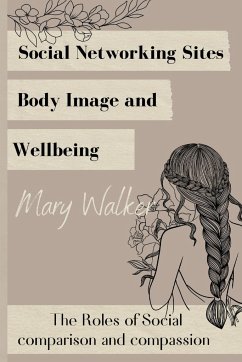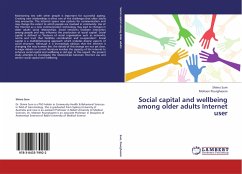Social comparison theory (Festinger, 1954) suggests that individuals determine their worth and status in different areas of their lives based upon how they compare with 9 others. Positive and negative comparisons and self-evaluations can lead to individuals experiencing themselves either positively or negatively. Festinger was interested in the role and impact of social comparisons made with peers in social groups (Festinger, 1954; Buunk & Gibbons, 2007). Since then, over the past 20 years, studies have drawn from social comparison theory to understand the impact of exposure to different media platforms on psychological outcomes (Heinberg & Thompson, 1999). Studies have considered different media types as additional platforms for comparison, suggesting that TV exposure, advertising and magazines all allow opportunity for social comparison processes and related impacts (All Party Parliamentary Group, 2012; Heinberg & Thompson, 1999; Cattarin, Thompson, Thomas & Williams, 2000; Bessenhoff, 2006). Studies exploring the impact of these platforms have suggested that where there is negative social comparison with idealised content and images, individuals can experience negative impacts such as lower mood and self-esteem, increased anxiety and decreased body image satisfaction (Heinberg & Thompson, 1999; Cattarin et al., 2000; Tiggemann & McGill, 2004; Bessenhoff, 2006). Interventions have attempted to mitigate the impact of social comparison via different media platforms. For example, media literacy interventions introduced in schools have aimed to improve body image (All Party Parliamentary Group, 2012). These have encouraged individuals to critically evaluate images shown in the media to reduce the impacts of comparison (Alleva, Sheeran, Webb, Martijn & Miles, 2015)
Hinweis: Dieser Artikel kann nur an eine deutsche Lieferadresse ausgeliefert werden.
Hinweis: Dieser Artikel kann nur an eine deutsche Lieferadresse ausgeliefert werden.








